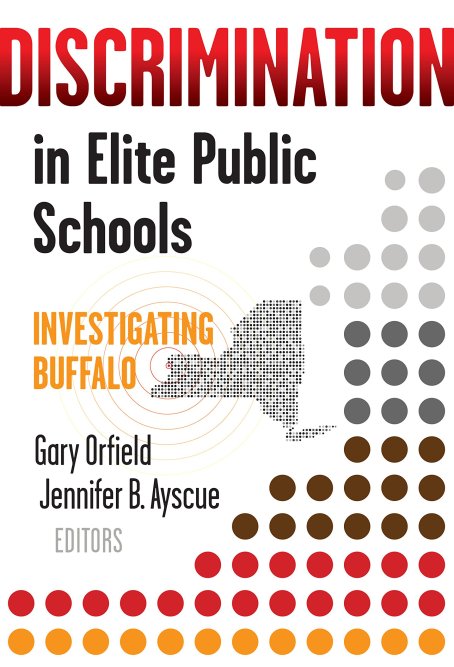Cloaking Inequity: New Orfield Book: School Choice Exacerbating Inequality and Segregation

In the 20th century, some African American leaders argued for small selective group of leaders to be educated to lead the community. Then, as the century progressed, a more ecumenical approach to the education of all African American students was express in the sentiment of a rising education tide— improving schools for every student would lift all boats. For example, after the NAACP’s win in Brown v. Board, magnet schools were created as a strategy for excellence and integration under desegregation plans.
The pendulum of history is swing back to the elitism of the early 20th Century. Magnet schools are now re-segregating and stratifying. The unfortunate circumstance that we are living in again today is that schools of choice are operating under policies that are primarily making them available to the students who have been historically denied opportunities.
School choice models have empowered increasing segregation in charters and magnets. This increasing balkanization of the United States is problematic as decades of research shows that integration is good for all students. Furthermore, integrated schools are the clearest pathway to people of different kinds living and working together in our nation.
The unfortunate fact is that school choice policies in magnets have empowered schools to do the choosing. So often there is hand-wringing about why magnets are often homogenous. Yet, there is no mystery why this is the case as the deck has often been stacked in the selection process.

Our nation’s great colleges and universities have taken the lead over the past several decades and demonstrated how to be excellent and integrated. They have responded to wave after wave of legislative, judicial and executive attacks on policies that promote equity and inclusion. Our institutions of higher education have been largely steadfast and posited that that the diversity makes them better. While our higher education institutions still have more to do, they are a beacon of commitment that should be followed by the K-12 sector.
Our nation has students in every neighborhood who have the native ability and passion to excel in such schools of choice, but they are not given the opportunity. As a result, it is incumbent upon teacher associations, grassroots community groups and civil rights organizations to monitor the choice systems to make sure that they are open and available to students who need the special and unique opportunities that magnet schools can offer historically underserved students.
I commend the scholars’ work in Discrimination in Elite Public Schools: Investigating Buffalo. It is clear they are committed to the American ideal of integrated schools and have expertly detailed in their research the problematic segregation of knowledge and access that plagues schools of choice today.
Here’s the official press release for Discrimination in Elite Public Schools: Investigating Buffalo:
School choice is an increasingly important part of today’s educational landscape and this timely volume presents fresh research about the competitive admissions policies of choice systems. Based on their investigation of a unique civil rights challenge to school choice admissions policies in politically and racially divided Buffalo, New York and the struggle to open its best schools to students of color, authors Orfield and Ayscue contend that without intentional effort, choice systems are likely to exacerbate problems of inequality and segregation. Focusing on issues that will continue to be contested in the courts and in the policy arena, the authors offer research-based recommendations for reducing barriers to enrollment and for creating competitive-admissions choice systems that will allow all students access to important educational opportunities. The book outlines specific steps school systems can take, including developing a district-wide diversity plan, providing more accessible information, conducting holistic admissions processes, expanding the availability of choices, and offering preparation programs to assist students long excluded from these highly competitive schools.
Book Features:
- Examines the Buffalo Public Schools and their admissions process following a civil rights complaint filed by parents and community leaders.
- Assesses admissions policies that unfairly exclude Black and Latino groups based on overreliance on a single test score.
- Identifies policies and practices that can break down barriers to equal access and opportunity.
- Assists educators, parents, civil rights leaders, and community groups who are struggling to turn the power of choice toward equity.
Let’s move beyond school choice talking points about its promise and take seriously the new research in the new book Discrimination in Elite Public Schools: Investigating Buffalo by Gary Orfield (Editor) and Jennifer B. Ayscue (Editor).
This blog post has been shared by permission from the author.
Readers wishing to comment on the content are encouraged to do so via the link to the original post.
Find the original post here:
The views expressed by the blogger are not necessarily those of NEPC.
